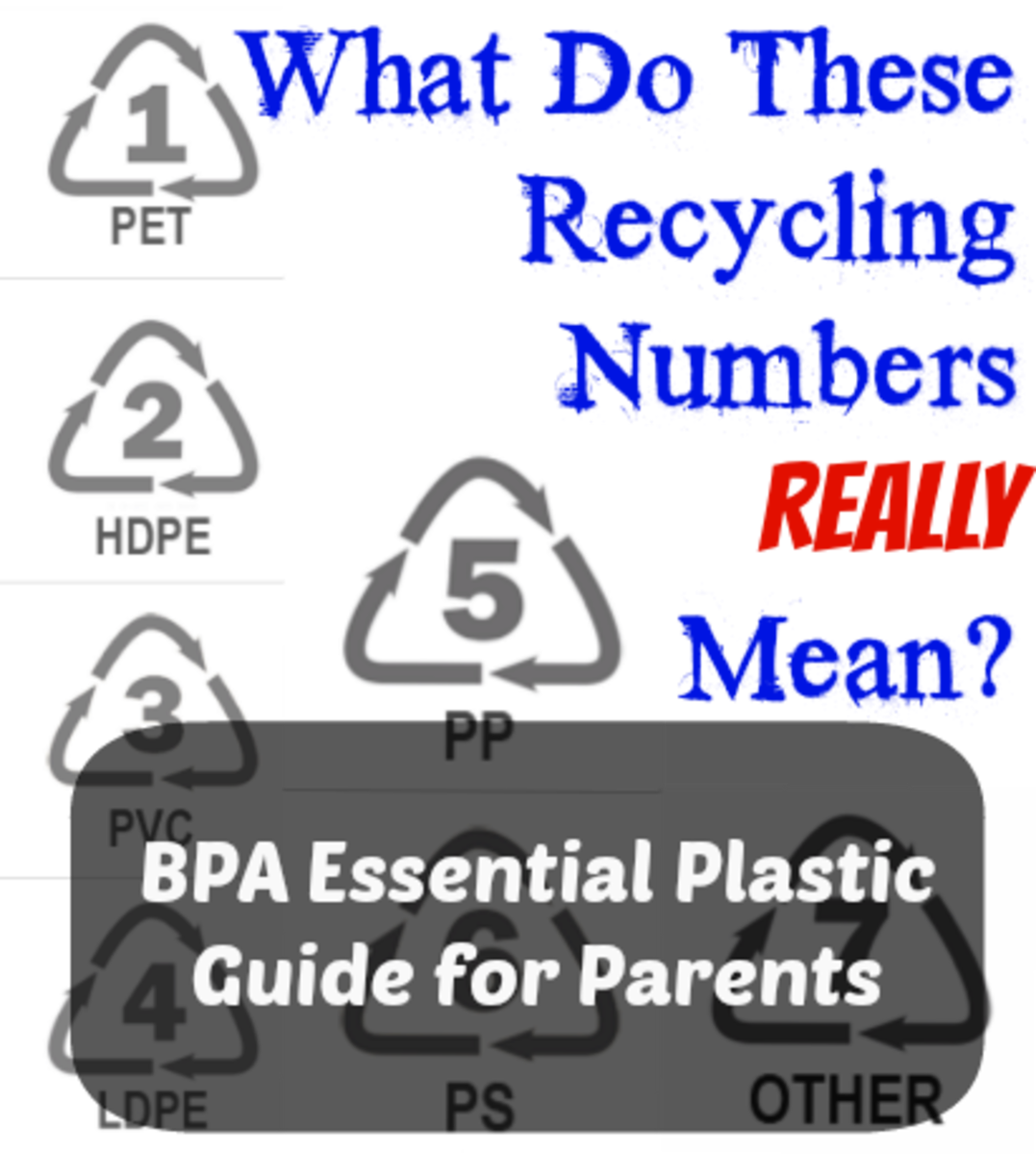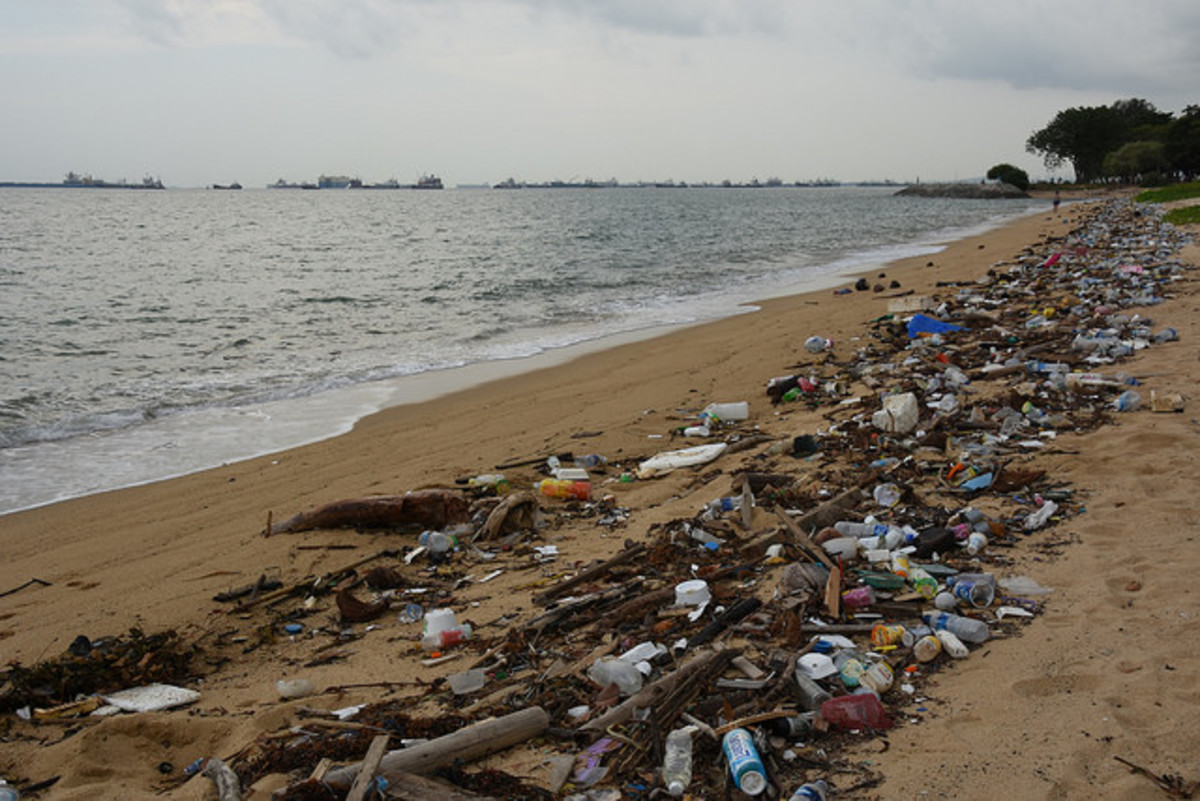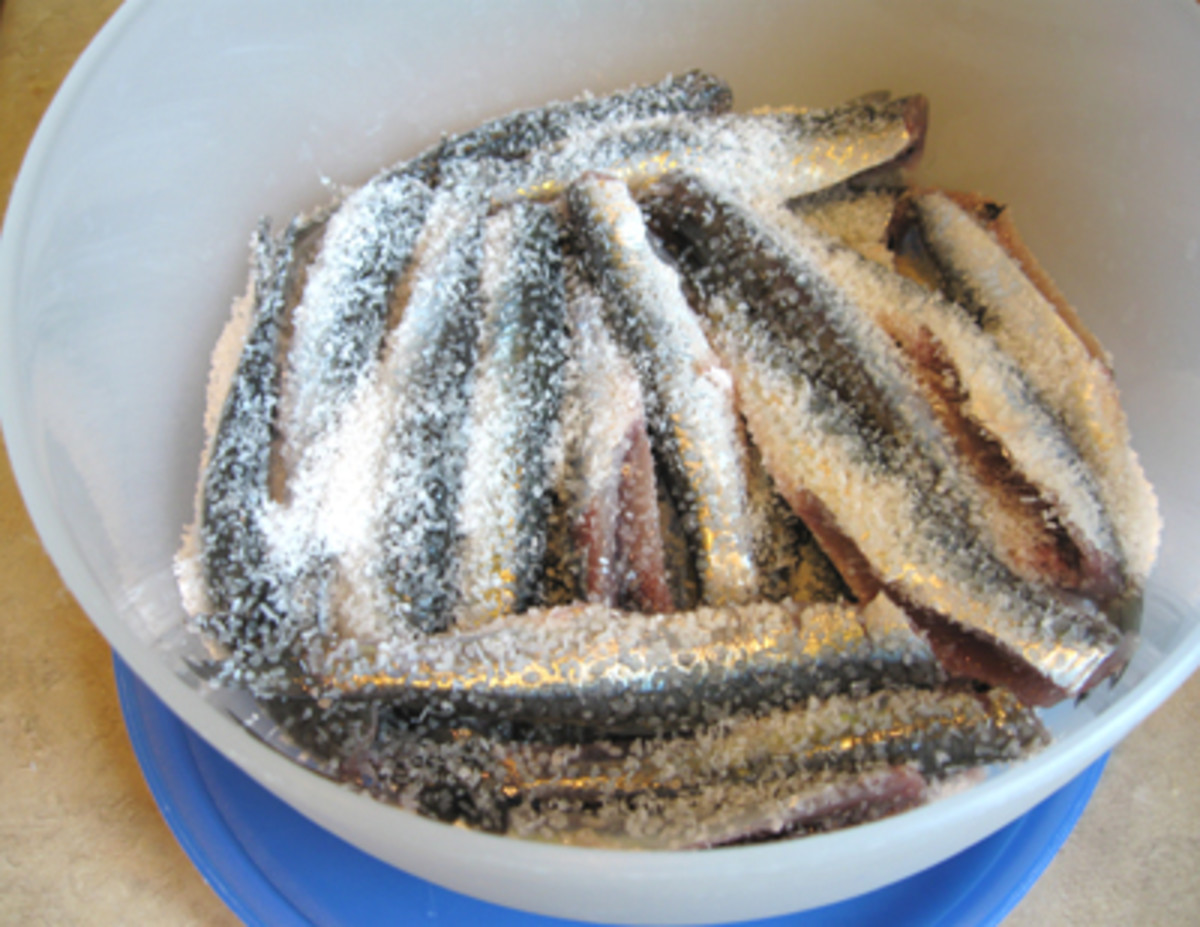How to Choose Safe Plastic Food Containers.
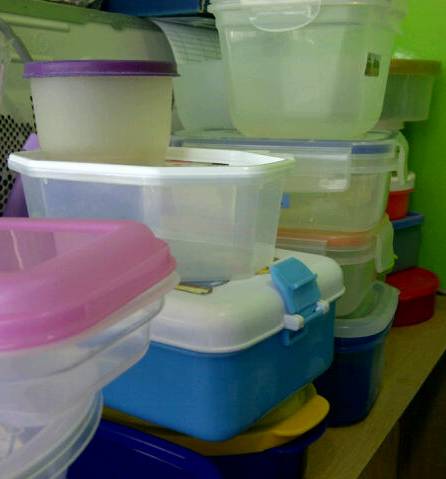
Plastic has become a very close material to our life. We never leave plastic uses in our daily activities and one of the most common practices is using plastic as our food and drink containers.
Plastic has been produced in several types, from different materials, and intended for different purposes and uses. Having practical knowledge about symbols and materials of plastic is important for us when we decide to use plastic.
Types of Plastic.
Types of plastic are categorized by materials consisting them. Plastic which are safe for food container should be free from dangerous substances like Bisphenol-A or commonly abbreviated BPA, Polyvinyl Chloride or PVC. BPA is used in plastic production to make it clear and hard while PVC is often used together with phthalates to make flexible plastic. The problem arises when those harmful substances leach out of the plastic container and contaminate food or water it contains. It happens when we use the container for hot food/water, or when the container is scratched or broken.
We can practically identify types of plastics based on their symbols and numbers inside the triangle which are usually found at the bottom of a plastic container. Those symbols are as follows:







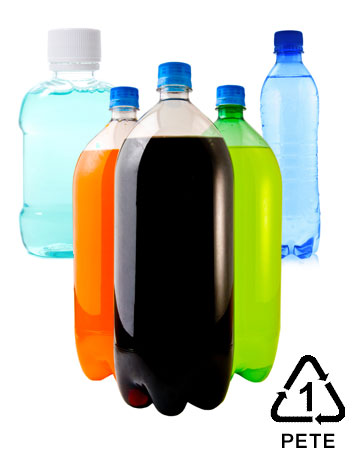
1. PETE or PET (Polyethylene terephthalate)is usually used in water and soft drink, cooking oil, mouthwash bottles and it is only for single use only. Never use it for hot water container.
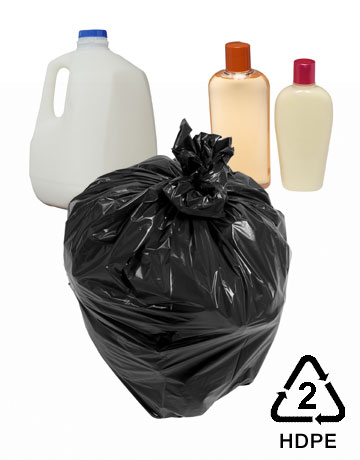
2. HDPE (High Density Polyethylene) plastic is usually used for milk jugs, cleaning solution containers, and garbage bags, juice bottles; bleach, detergent and household cleaner bottles; shampoo bottles; shopping bags; motor oil bottles; butter and yogurt tubs; cereal box liners. This kind of plastic is also intended for single use only.
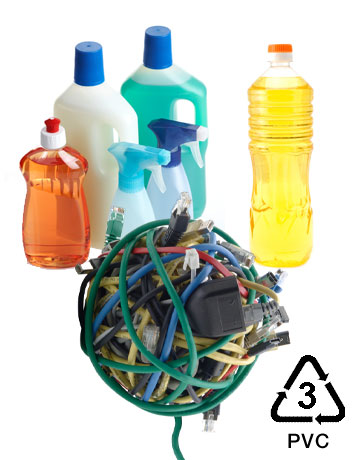
3. V or PVC (Polyvinyl chloride) plastic is normally used for wrapping (cling wrap), shampoo bottles, window cleaner and detergent bottles, cooking oil bottles and many other containers. Because PVC is tough and weather resistant it is also widely used for piping,
PVC may release dioxins which is harmful to health when heated, so never burn this plastic.
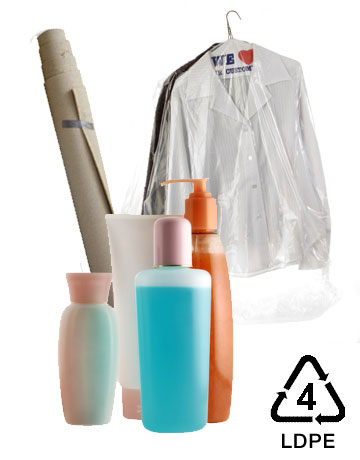
4. LDPE (Low Density Polyethylene) is used for food containers such as bread, frozen food, dry cleaning and shopping bags; tote bags; clothing; furniture; carpet and soft /flexible bottles. Plastic no. 4 has strong flexibility and can be safely recycled or reused.
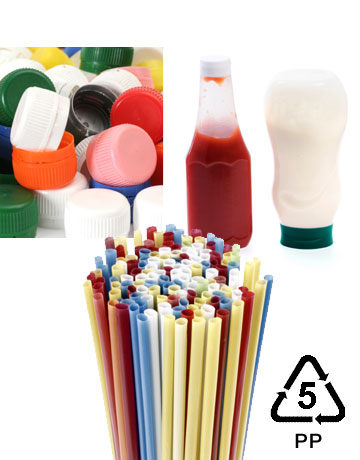
5. PP (Polypropylene) is the most suitable material for food container and baby bottles. Due to its high melting point, this plastic is used for yoghurt, syrup, ketchup containers, either for cold or hot foods.
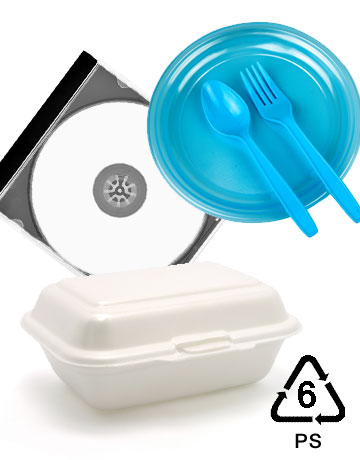
6. PS (Polystyrene) is used in disposable plates, soft styrofoam cups and food boxes and is commonly used when we buy coffee and food at take-away restaurants. This plastic is also used for trays, foam packaging, CD cases, ice buckets, paints, egg cartons, building insulation.
Polystyrene can release toxin when it's heated so we must be extremely careful when we use it for hot food and drink containers.
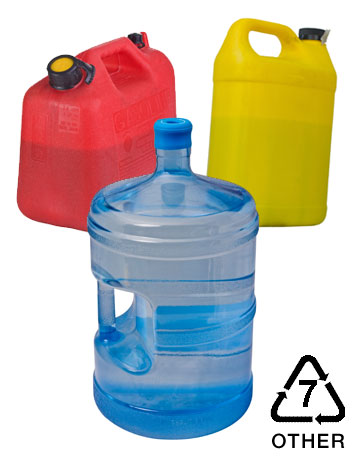
7. Other. Plastics which do not belong to one of those six cathegorises are grouped under no .7 (other). It is mostly used for galon-sized water bottles, sunglasses, ipod, DVD cases, Plastic of this type contains polycarbonate which release Bisphenol A when contacts with hot materials including hot foods and water. According to some studies, bisphenol A is responsible for cancer, hormone disruption, and children behavior.
Which Plastic mustn't be used for food containers ?
Based on description above, plastics no. 3 (PVC), 6 (PS), and 7 (Other) must be avoided to be used for food and drink containers because they contain dangerous substances like chlorine, styrene, and bisphenol A which are harmful to our health.
Plastics no 1 and 2 are possible to be used for food and drink containers as long as they are used only once.
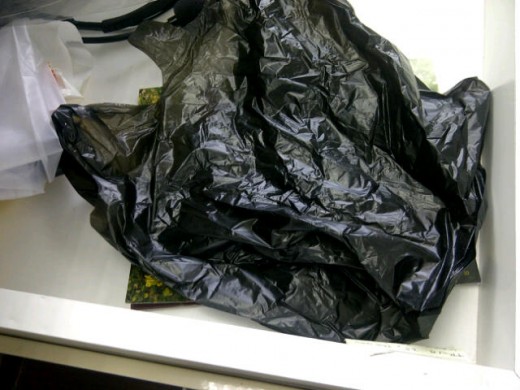
Which plastics are safe ?
Although using glass container is more recommended, but when we have no choice which plastic food containers should be chosen ?
Polypropylene or often marked with PP (number 4), and Low density polyethylene or LDPE (number 5) are the best choices since they don't contain BPA nor PVC. Containers no 4 and 5 can be used repeatedly too.
Some tips in dealing with plastic.
- Don't heat or expose plastic container to extreme heat, even if the container indicates microwave or oven safe. The food should be cooled to room temperature before storing it in plastic container.
- Don't burn rubbish of old or broken plastic containers since it will release dangerous materials like cadmium and toxic smoke containing carbon monoxide, dioxins, benzene, furans etc.
- Don't reuse plastic with numbers 1,2,and 3. Plastic containers (including bottles) with those numbers are usually used for bottled drinking water, bottled juice and other soft drinks and are designed for single-use only.
- Avoid using plastic numbers 6 and 7 as food containers. Plastic no. 6 uses polystyrene and mostly used to make styrofoam. Accumulation of styrene in the body may cause serious health problems.
- Avoid using plastic container which has no number and symbol. It's very likely that it belongs to non food grade container.
- Change your plastic containers with new ones when they have changed in colors, chipped, scratched, or broken .
- Don't give babies plastic teeters and toys.
- use natural fiber stuffing, clothing, bedding and furniture.
- Avoid PVC and Styrene products. Make sure that plastic wrap you use is made of LDPE based material since there are still plastic wraps which use plasticizers made of PVC.





